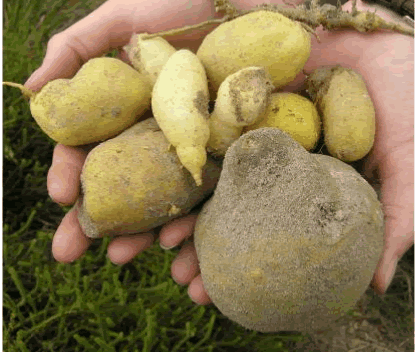
Summary of final report on the Australian Flora Foundation funded project:
Woodall G.S.1, Moule M.L.1, Eckersley P.2, Boxshall B.1 and Puglisi B.1
1Centre of Excellence in Natural Resource Management, The University of Western Australia, Albany WA
2 Eckersley Rural Consulting Bunbury WA
The flora of Western Australia contains an extraordinary number of species that form root tubers. Over 85% of 153 tuberous species recorded in Western Australia occur in the south west of the state. This diversity provided an unparalleled resource from which new horticultural crops could be developed.
Field observation and available information were used to make an assessment of species in regard to their unambiguous history of consumption, vegetative vigour, reproductive vigour and likely ease of propagation. Attributes such as size, colour, flavour, texture and abundance of the potential product were also assessed. This approach suggested that a target group comprised of Platysace deflexa, Ipomoea calobra and Haemodorum spicatum were worthy contenders for further study.
Propagation systems for all three target species were developed and a commercial field production system developed for I. calobra. Platysace deflexa is in pilot production trials, and both I. calobra and P. deflexa have been readily accepted by consumers. Haemodorum spicatum has been less readily accepted, because of its fibrous texture and bitter taste.
